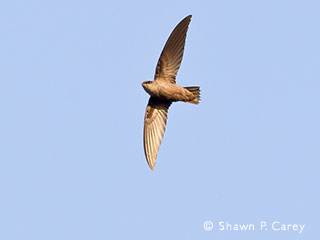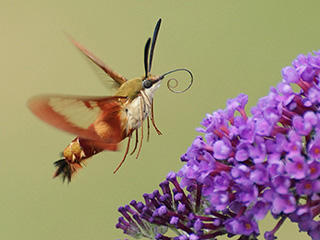 What bird is an aerialist, an acrobat, and the bird famously dubbed as “a cigar with wings” by Roger Tory Peterson? None other than the shape-shifting, enigmatic chimney swift. These unique birds spend their days entirely in flight day searching for food, only returning to our terrestrial realm to roost at night or rest.
What bird is an aerialist, an acrobat, and the bird famously dubbed as “a cigar with wings” by Roger Tory Peterson? None other than the shape-shifting, enigmatic chimney swift. These unique birds spend their days entirely in flight day searching for food, only returning to our terrestrial realm to roost at night or rest.
They are creatures of the sky or of dark caverns. They are also twittering fools: their chattering echoes over urban streets from May through September. They are also in trouble.
Data from across the US and Canada tells the same story, a story of a species declining across its range. Yet there is no clear answer to the simple question: “Why?”
Taking Action
In order to learn more, Mass Audubon has teamed-up with Drs. Drew Vitz and Margaret Rubega, the respective State Ornithologists from Massachusetts and Connecticut to launch the Chimney Swift Project. The goal: To work on protecting the breeding and roosting sites, which are vital to the swift’s survival.
During the 43,000 hours spent surveying birds in Massachusetts for the Breeding Bird Atlas 2, not one nest or roost site was found in a natural cavity (think a big dead tree)—they were all in chimneys. Swifts need big chimneys for roosting and small ones for nesting. The first step to answering the “Why?” is to know where those nesting and roosting chimneys are located.
Get Involved
This is where you come in. We need your help locating these swift nesting and roosting sites. All you have to do is pick a big chimney (one where you have seen swifts before is a great idea) anywhere in the United States, set up a chair, and watch the chimney for approximately 15 minutes before and after sunset. Have a picnic, extend the evening dog walk, or simply enjoy a summer evening outside.
Then, using our online reporting tool, tell us if you saw swifts or no swifts. All data is important!



 What bird is an aerialist, an acrobat, and the bird famously dubbed as “a cigar with wings” by Roger Tory Peterson? None other than the shape-shifting, enigmatic chimney swift. These unique birds spend their days entirely in flight day searching for food, only returning to our terrestrial realm to roost at night or rest.
What bird is an aerialist, an acrobat, and the bird famously dubbed as “a cigar with wings” by Roger Tory Peterson? None other than the shape-shifting, enigmatic chimney swift. These unique birds spend their days entirely in flight day searching for food, only returning to our terrestrial realm to roost at night or rest.